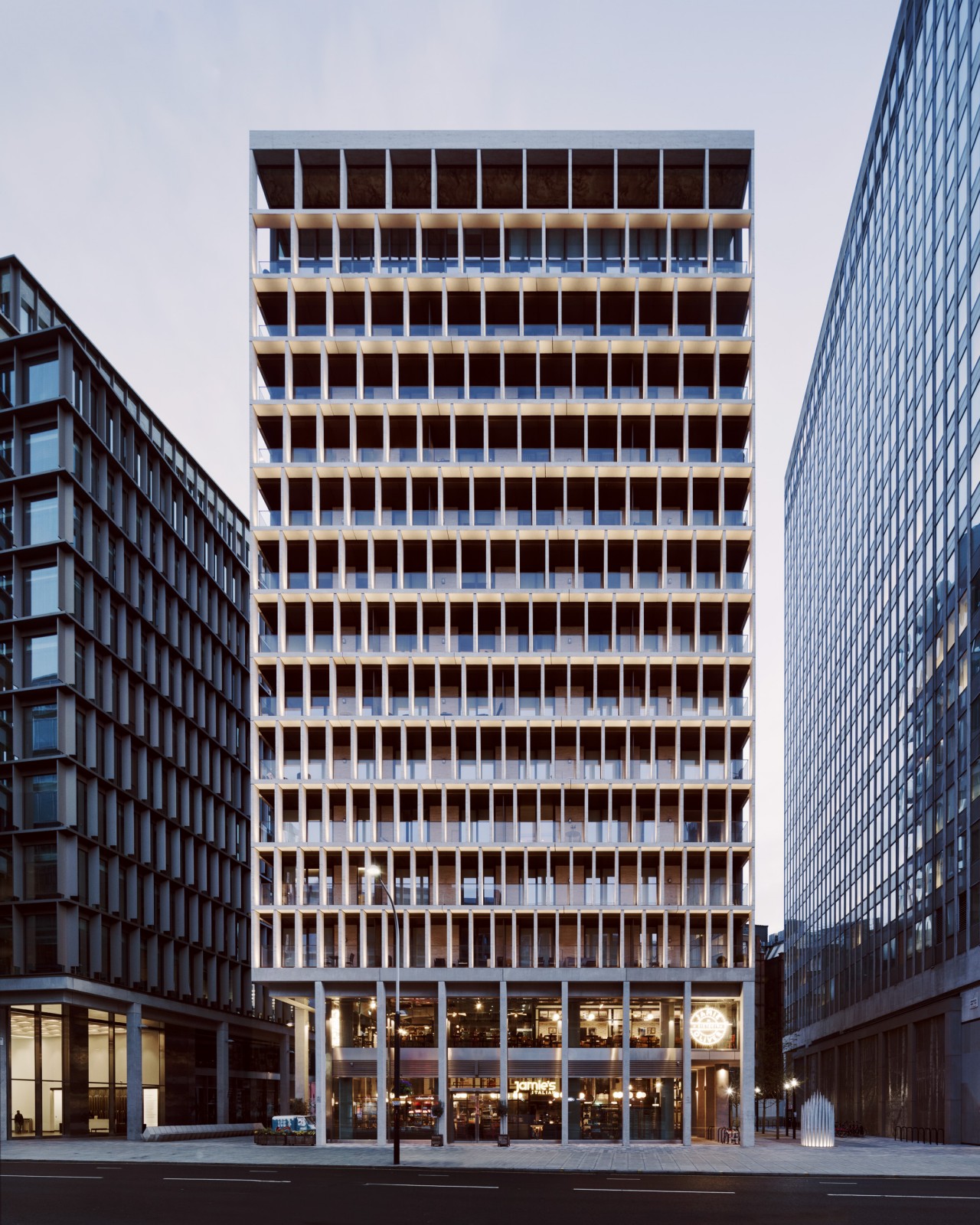AA Members and alumni are invited to join Patrick Lynch on this walking tour as he traces the effects of two 19thcentury infrastructure projects upon the Civic Ground and architecture of London, to reveal the presence of what Alberti called ‘second nature’ in the architecture and artworks of London today. Designed to accompany Patrick’s new book, Civic Ground: Rhythmic Spatiality and the Communicative Movement between Architecture, Sculpture and Site, this walking tour reveals the potency and continuing inspiration of urban poetics upon the architectural imagination, and we will trace its influence on the 19th, 20th and 21st century civic architecture of London.
We will begin on The Farringdon Road. This is in fact the lid of a tunnel that encloses the now canalised River Fleet. The erasure and burial of this ancient natural feature blurred what was previously a very obvious border between The City of London and The City of Westminster. Similarly, the creation of The Albert Embankment and the raising of a retaining wall to The River Thames has occluded and cauterized the previously open and rhythmic relationship that Somerset House enjoyed with the natural world, via its now truncated River Gate. Traditionally, the relationship between the natural topography of a city and its architecture was richly mediated, not only by a series of more or less porous thresholds, but also by ornamental art works and sculptures. The role that sculptures play in articulating a poetic and mythical sense of place is one of the most vital and interesting aspects of civic culture, and yet it is something that is most often overlooked in formalist and functionalist analyses of cities.
We will then descend into the thick underground layers of Blackfriars Station, travel along one of Bazelgette’s tunnels, emerging at Temple to continue our walk on top of this densely porous man-made topography. Seeking, along the way, traces of the relationships between the natural world and the city that was traditionally articulated in sculptural settings; ending our journey at Westminster City Hall on Victoria Street, where a new artworks by Rut Blees-Luxemburg and others occupy a public space designed by Lynch architects and Vogt landscape architects – an example of the collaborative continuity between architects, designers and artists that characterises the re-emergence of Civic Ground.
This event is ticketed. Book your place now using the form below.
Not an AA Member? Join today at www.aaschool.ac.uk/membership
Please note you will require a valid Oyster card or contactless payment card to travel on the London Underground.
